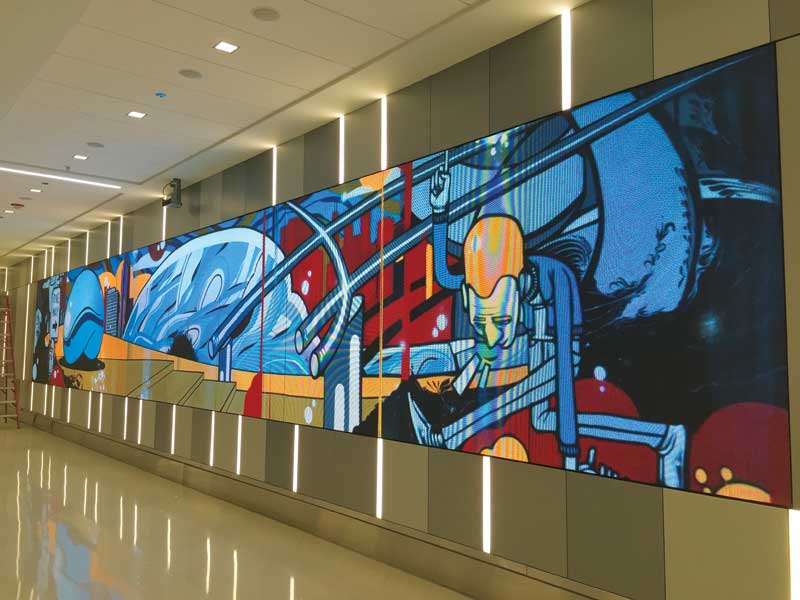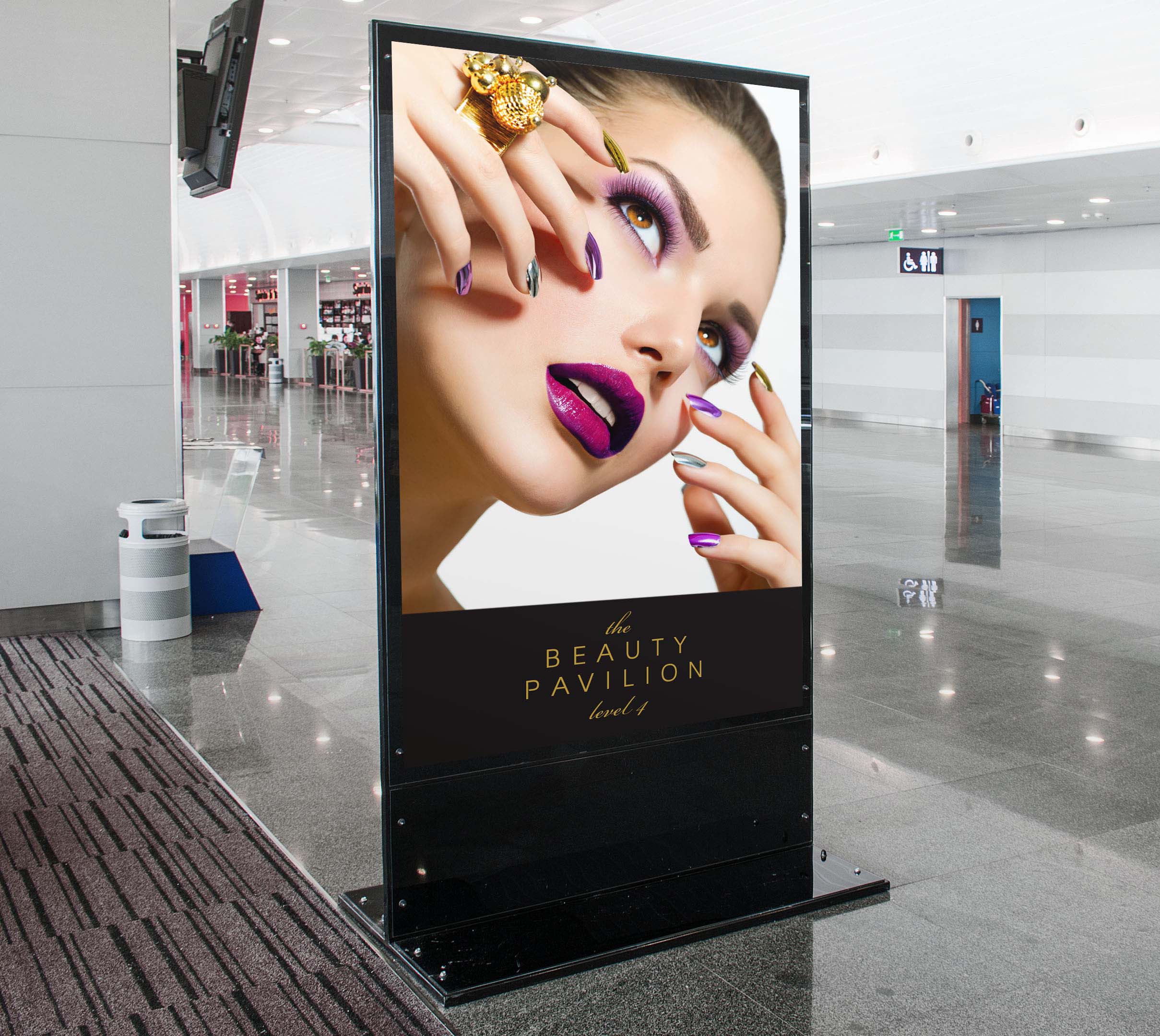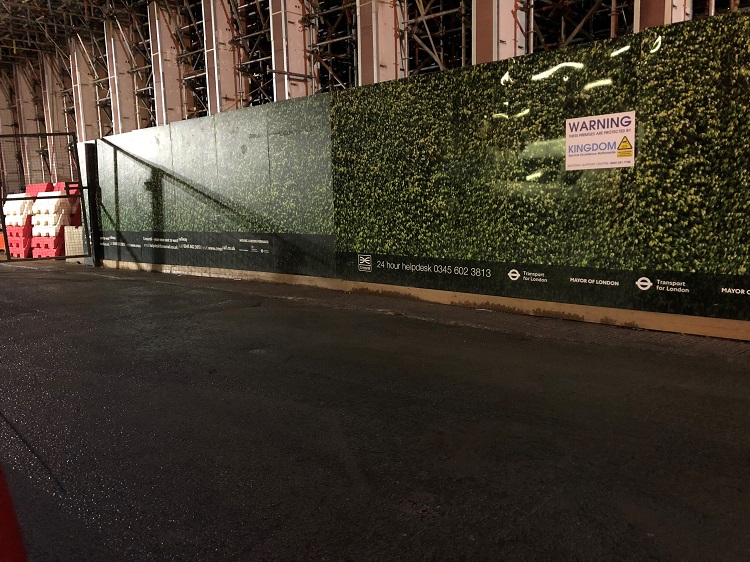Digital Signage: How to optimize displays and content to stand out in a crowd

Hiding defects
Lower-end display manufacturers buy LEDs from across their suppliers’ entire production run and blend them together. To help remedy inconsistencies, many of them perform a ‘smoothing’ process, referred to as calibration.
While this process improves the consistency of a display’s appearance, it does so at the expense of brightness, resulting in a proportional decline in greyscale uniformity. It is this uniformity that defines a display’s colour depth, i.e. how well it differentiates between varying shades of the same colour within the same content.
In a calibrated display that has lost greyscale uniformity, if the aforementioned image of a dark black suit was showcased next to a grey suit, then the two advertised products could appear to be the same colour as each other. This of course would be a problem for the retailer offering those different shades of clothing.
Differences between poorly binned LEDs and the reduced visual performance of calibrated displays will be most noticeable for audiences viewing content from shorter distances. Given many LED arrays are now being installed indoors, where they are seen up close, the process of binning has become all the more crucial.
Standing out
Once there is a clear understanding of how an LED-based display will perform in the field, it is time to turn to the process for generating the content it will showcase.
As mentioned, this content needs to stand out. People are bombarded with thousands of digital messages every day and only the best of the best will stick in their consciousness. So, while the right display in the right location grants a strong opportunity to grab consumers’ attention, the onus falls first onto content creators and network managers to earn that level of attention.
Whenever possible, graphics should be used instead of text, as they are better at capturing attention and conveying a message quickly. Where text must be included, it should be in large font sizes to optimize its legibility.
The content development process should answer the following questions:
1. Who is the audience?
Messaging should be properly targeted to its audience, bearing in mind demographic data relating to age and gender, as well as whether viewers of the digital signage will be new or repeat customers.
2. What is the installation’s purpose?
Once it has been determined if the project’s purpose is to display branding, share special offers, create atmosphere or meet another goal, then digital signage content can be developed accordingly.
3. How frequently will content be viewed?
The more frequently a screen will be viewed by its audience, the more its content should be varied, so people will remain engaged by it.
4. For how long will it be viewed?
For a captive audience, such as a lineup at a bank, content should change frequently. For a display that will be viewed only in passing, on the other hand, the emphasis should be placed on eye-catching content.
5. Who will create the content?
Digital signage content creation may be handled by in-house teams or outside vendors, such as content licensors, creative agencies or individual designers.






